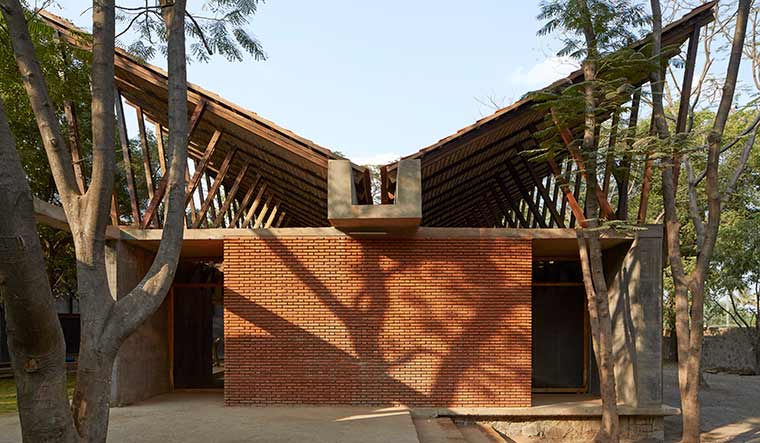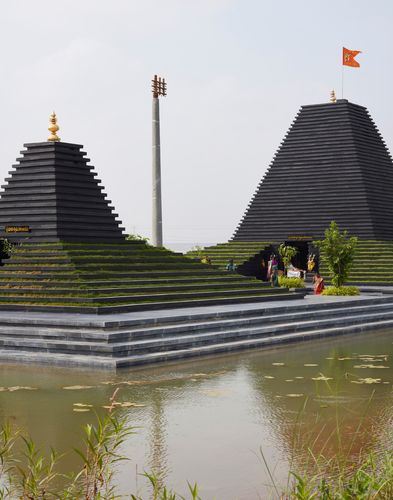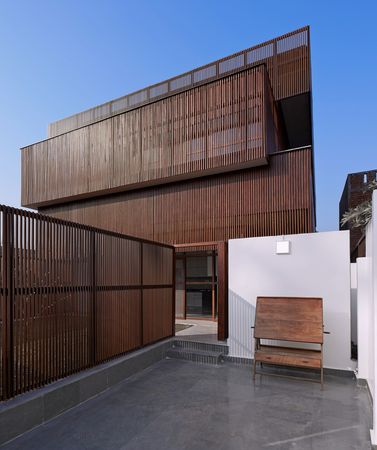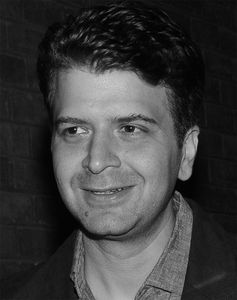Sameep Padora’s bungalow office is tucked away in one of the charming gaothans (village settlements) of Bandra West, the kind that is now considered chic enough to be dotted with cafes and boutiques. Padora’s work is very under the radar, and he would prefer to keep it this way. The office is a three-storied structure, with glass windows, dark walls, a cantilevered staircase and possibly every design book there is out there.
“I bought this space when I returned from the US in 2010. Gaothan land predates British records. The inside of this one was burnt, and was thus a good investment. I used to live upstairs and the office was downstairs then,” says Padora, 48. He studied at the Parsons School of Design and Harvard’s Graduate School of Design. The gaothan land was probably what gave this Kashmiri in Mumbai his strong sense of community. Padora’s multiple projects and studies of low-income housing in Mumbai have resulted in a well-regarded exhibition of 18 building codes called ‘deCoding Mumbai’.
Padora has also just been appointed the new dean of CEPT, formerly the Centre of Environmental Planning and Technology, in Ahmedabad, famously started by legendary architect and Pritzker winner, B.V. Doshi. “I have been going to CEPT for four or five years now, as part of their board of reviewers,” he says. “Basically we watch what the students and educators do. It is a wonderful space as all our suggestions are immediately implemented. Then one day Bimal Patel, who is the current president of CEPT, suggested I apply for the position of dean. I told him I was still practising, but he was convinced that the institution needs me. I think it is important to contribute and make an impact that outlives you, so here I am.”
In his new role, he oversees the content being taught at the university. “I aim to make it one of the best architecture schools in the world, not just in India,” he says. “People should compare CEPT with MIT.” Padora says he has the support of Bimal Patel, Prime Minister Narendra Modi’s preferred architect for the Kashi Vishwanath Dham in Varanasi and the ambitious Central Vista project in Delhi. “He is very interested in efficiency. He is quite hands off and lets you be,” says Padora.
What is nerve-wracking for him is to be a part of Doshi’s legacy. “I feel weighed down by this, as I am very conscious of his greatness. He loved new ideas. He was so open-minded that nothing was anathema for him. The kind of frugality one sees in his work is reminiscent of Gandhian principles,” says Padora. “He once mentioned our studio in an interview and said that he liked our work. That was just so immense for me. Once, he had visited us here in Bandra, and I had organised a lunch for him. He walked around the office looking at everything.”
Some of Padora’s pet projects involve working with communities. In Karjat, he has built Udaan, a low-income housing project. “This is why CEPT is important as a lot of people feel what you study academically is not applied in the real world. One is poorer for that. Pedagogy needs to be practical. This project came out of a desire to accommodate natural lighting and ventilation, but also a social life, which is so important for community living,” he explains.
In Mumbai, he is part of the Bandra Collective, a group of six young and stylish architects involved in pro bono work. They partner with the municipal administration to do local projects that are both high quality and aesthetically pleasing. “All government bodies are complex organisations, but you figure out a way to unravel the bottlenecks,” he says.
Padora’s famous Temple of Steps in Andhra Pradesh, commissioned by Anushree and Parth Jindal of the JSW group, is remarkable for turning the private, religious project into a social mission. A relative’s house in Jammu made it to Wallpaper, the international design magazine, for its wooden trellises that opened and closed at will. “Jammu is not a very well-planned town, and we wanted to introduce some sort of structural development here,” he says.
His Maya Somaya Library in a school in rural Maharashtra has won the Beazley and Brick design awards. “This is one of the most successful projects we have done,” he says. “The library combines ancient techniques with Swiss software tech. We wanted to show that the global can be instrumental in transforming the local constructively and not destructively.”
Padora is behind some of Mumbai’s most elegant restaurants, including Indigo Deli, Neel and The Clearing House. His work at the Oberoi Hotels’ Eau Bar introduced him to the legendary Prithviraj Singh ‘Biki’ Oberoi. “Our meetings were an education by themselves. I could write a book on him,” says Padora. “He had immense knowledge about space and design, whether it was the right height of a table and chair, or the engaging experience of architecture.”





